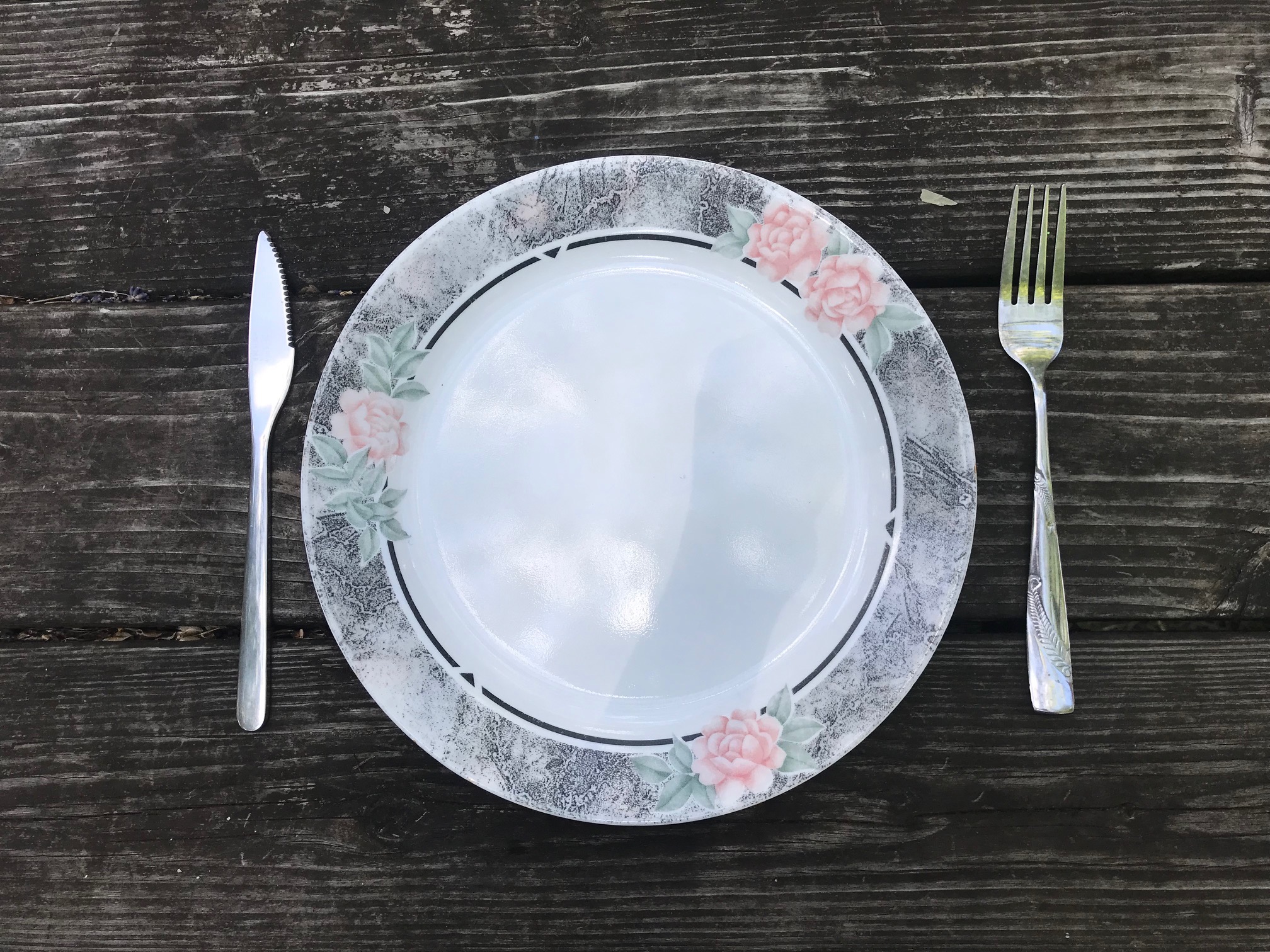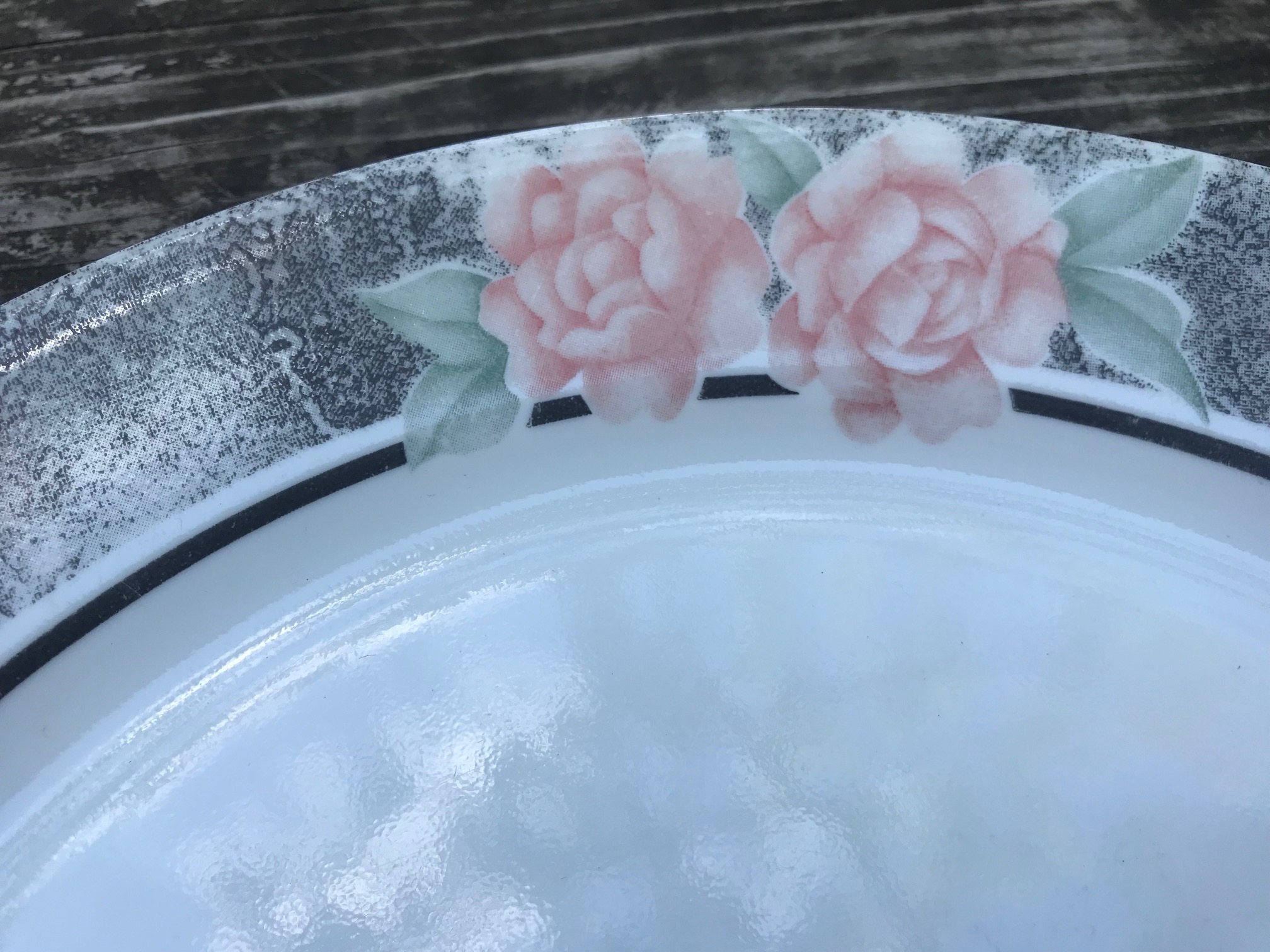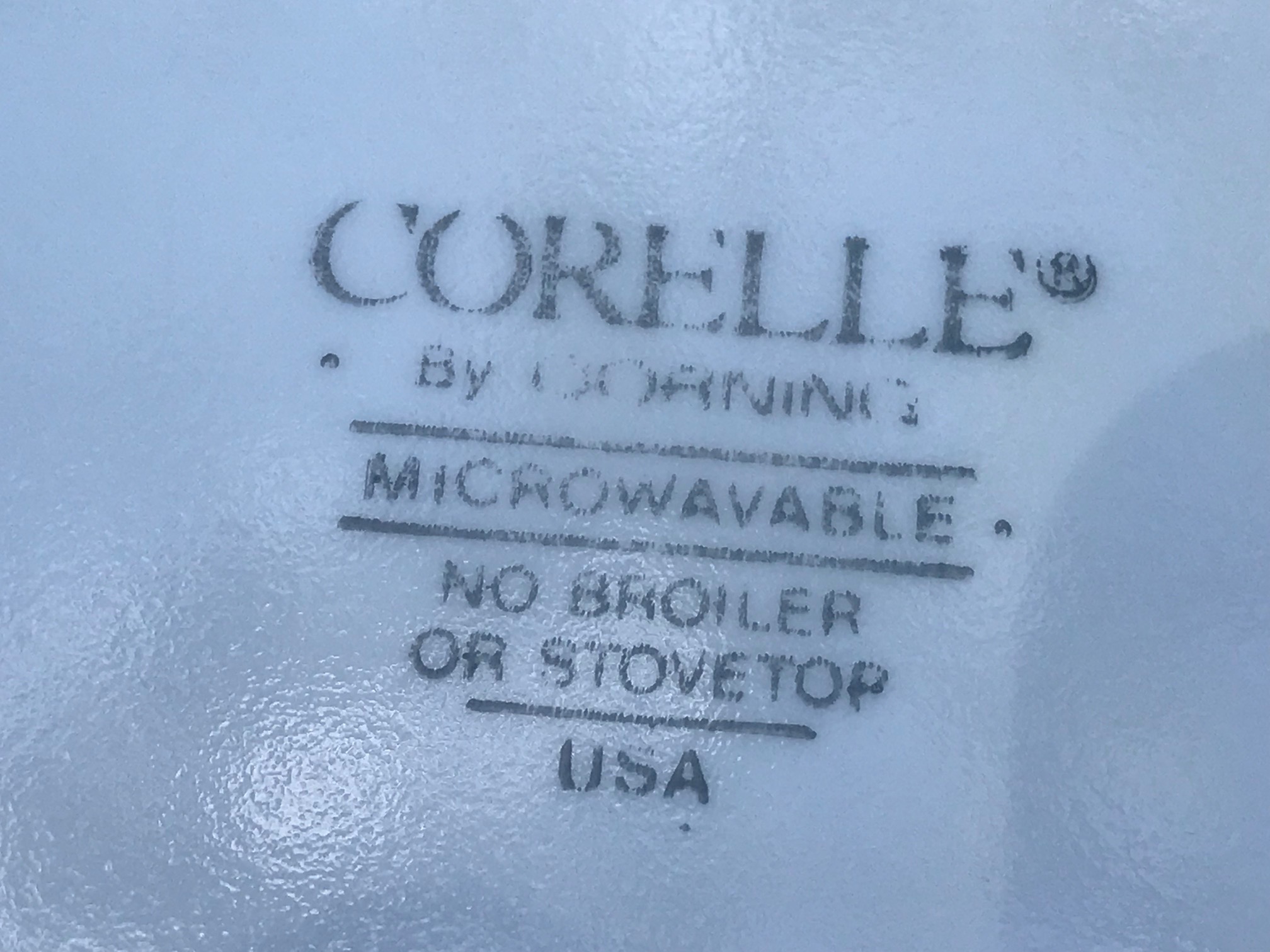Vintage (c. 1990?) Corelle Dish with Pink Roses & Black Trim: 3,536 ppm Lead (90 is unsafe for kids) + Cadmium
For those new to this website:
Tamara Rubin is a multiple-federal-award-winning independent advocate for childhood Lead poisoning prevention and consumer goods safety, and a documentary filmmaker. She is also a mother of Lead-poisoned children (two of her sons were acutely Lead-poisoned in 2005). Since 2009, Tamara has been using XRF technology (a scientific method used by the U.S. Consumer Product Safety Commission) to test consumer goods for toxicants (specifically heavy metals — including Lead, Cadmium, Mercury, Antimony, and Arsenic). All test results reported on this website are science-based, accurate, and replicable. Items are tested multiple times to confirm the test results for each component tested. Tamara’s work was featured in Consumer Reports Magazine in February of 2023 (March 2023 print edition).
To see more Corelle pieces we have tested, click HERE.
This is a vintage (c. 1990?) Corelle dish with pink roses and a black trim. The exact year of manufacture is unknown, but this color scheme was REALLY POPULAR in 1990/1991 — so that’s my educated guess. In my last year of college (1990) I had sheets for my bed that would have matched this pattern exactly!
When tested with an XRF instrument, the painted decorative border on the food surface of this vintage Corelle plate was positive for a very high level of Lead. To see the full XRF readings for this exact plate, scroll down. Note: I don’t know the exact year of manufacture of this piece as it was purchased second hand at Good Will. If you have information about the year of manufacture (or year-range) for this pattern, please comment here on this piece.
To learn more about XRF testing, click HERE.
As a mother of Lead-poisoned children and as an environmental activist, I have taken the stand that there is no place for any amount of Lead on our dining tables. None at all.
It literally just takes a microscopic amount of Lead to poison a child (or any human for that matter), and as of the moment of publishing this piece, there is NO ONE (no individual, company, educational institution or other agency) studying the potential impact that eating off of Leaded vintage dishware has on the users (because no corporation stands to benefit financially from such a study). Consequently, as consumers, we need to err on the side of prudence and proactively remove all potential sources of Lead exposure from our homes ourselves, starting with our kitchens.
For a pretty Lead-free and Cadmium-free option, click HERE.*
These particular dishes tested positive for 3,536 ppm Lead.
For context, to better understand what this level of Lead means: The amount of XRF detectable Lead that is considered toxic in a newly manufactured item “intended for use by children” is anything 90 ppm Lead or higher in the paint, finish, or coating, and anything 100 ppm Lead or higher in the substrate.
Dishes (modern or vintage) are not considered to be items “intended for use by children,” and thus are not regulated for total Lead content (as detectable with an XRF) in the same way as toys and other similar children’s items (unless they are dishes expressly marketed and sold as baby dishes manufactured after 2010). In my opinion, dishes should be considered items equally intended for children’s use.
To read more about the concern for XRF-detectable Lead in dishware, click here.
Related: What should I do if my dishes are positive for high levels of Lead? Click HERE.
All tests reported on this website were done for at least 60 seconds each (unless otherwise noted), using an XRF instrument testing in “consumer goods mode.” The XRF instrument used for the testing is a Niton XL3T, a scientific instrument specifically designed and intended expressly for testing consumer goods for Lead and other metals. The results are science-based, replicable, and accurate.
Decorative Edge/ Food Surface (image above):
- Lead (Pb): 3.536 +/- 100 ppm
- Cadmium (Cd): 26 +/- 8 ppm
- Chromium (Cr): 2,725 +/- 142 ppm
- Zinc (Zn): 222 +/- 32 ppm
- Iron (Fe): 3,451 +/- 260 ppm
- Vanadium (V): 530 +/- 61 ppm
- Titanium (Ti): 2,523 +/- 153 ppm
- Cobalt (Co): 1,877 +/- 164 ppm
Plain White Center of Plate/ Food Surface:
- Iron (Fe): 272 +/- 112 ppm
- Vanadium (V): 74 +/- 22 ppm
- Titanium (Ti): 92 +/- 28 ppm
To learn more about the concern for Cadmium (Cd), which is a known carcinogen, click HERE. XRF detectable Cadmium is considered toxic at levels as low as 40 ppm (and above).
As always, please let me know if you have any questions.
Thank you for reading and for sharing this work!
Tamara Rubin
#LeadSafeMama
*Some links are Amazon affiliate links. If you purchase something after clicking on one of Lead Safe Mama, LLC’s affiliate links, Lead Safe Mama, LLC may receive a small percentage of what you spend at no extra cost to you. Thank you for supporting our independent consumer goods testing in this way! 
Never Miss an Important Article Again!
Join our Email List













I have an entire set of this – dishes, bowls, cream and sugar, casseroles….I was given them by my mother. I have the plain white Corelle that I have been using so these have been stored.Its so disappointing as they are beautiful:(
Silk and Roses (Corelle)
by CORNING
Item#: 17006 Pattern Code: CORSIR
Description: Corelle, Gray Band, Pink Roses, No Trim
Pattern: Silk and Roses (Corelle) by Corning
Status: Discontinued. Actual: 1991 – 1994
These were produced from 1991-1994. This was the first set of Corelle that I bought when my son was a baby and I still have these. How this has been kept quiet for so long is beyond me. I have severe health issues and this is a great concern and yes especially since we’ve used these for so long. I have the Callaway set as well abs now am wondering about the safety of it. Almost everyone I knew had a set of Corelle especially the Gold Butterfly….
I have this set. It was given to me brand new as a wedding gift in 1993. They are still in rotation in my cabinet today.
So….what are we supposed to do with them? I have a setting of 12 including lass ware, baking dishes, serving dishes, creamer and sugar bowl.
Here’s my post that shares my answer to that question:
https://tamararubin.com/2019/12/what-should-i-do-with-my-lead-contaminated-dishes-to-toss-or-not-to-toss/
T
I also have an entire set of the silk and roses. I assume it is the paint that has the lead in it? The actual baking dishes have the paint on the outside. Does that mean that they are safe for cooking?
I have 2 sets of this pattern. Got it as a bridal shower gift in 1993. I’ve used these ever since. Now what to do? I hate to pitch them and really can’t afford to buy new sets.